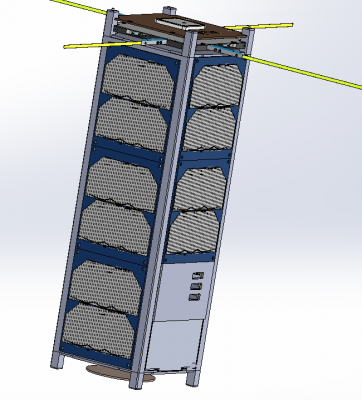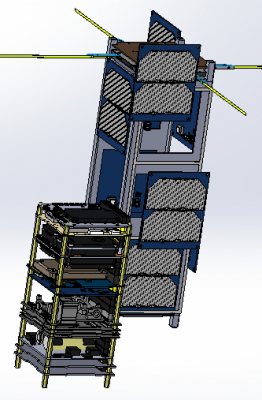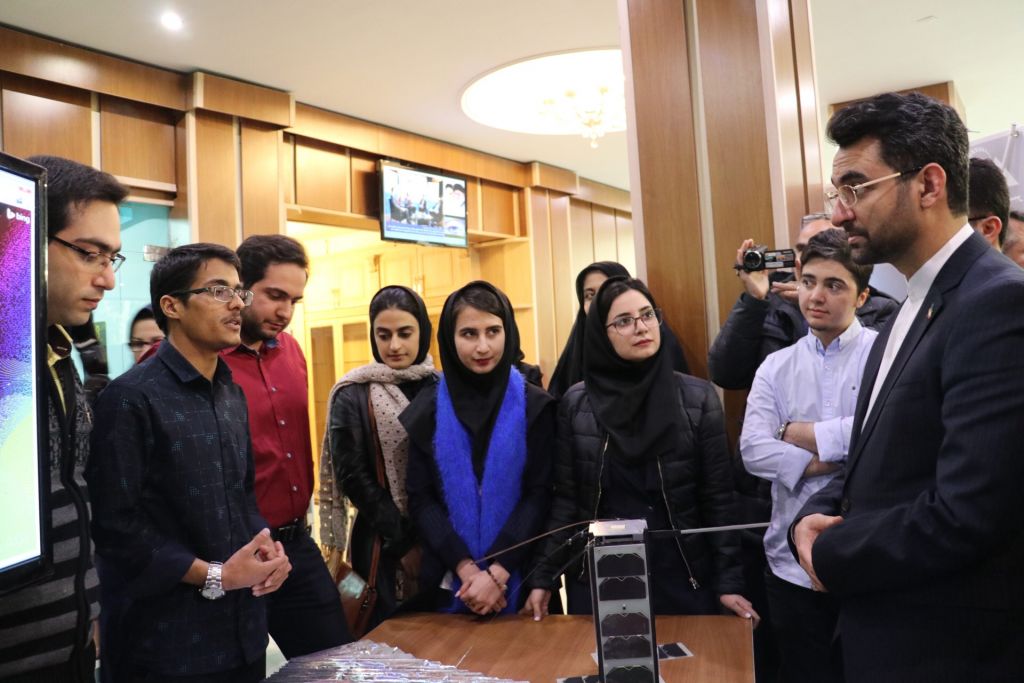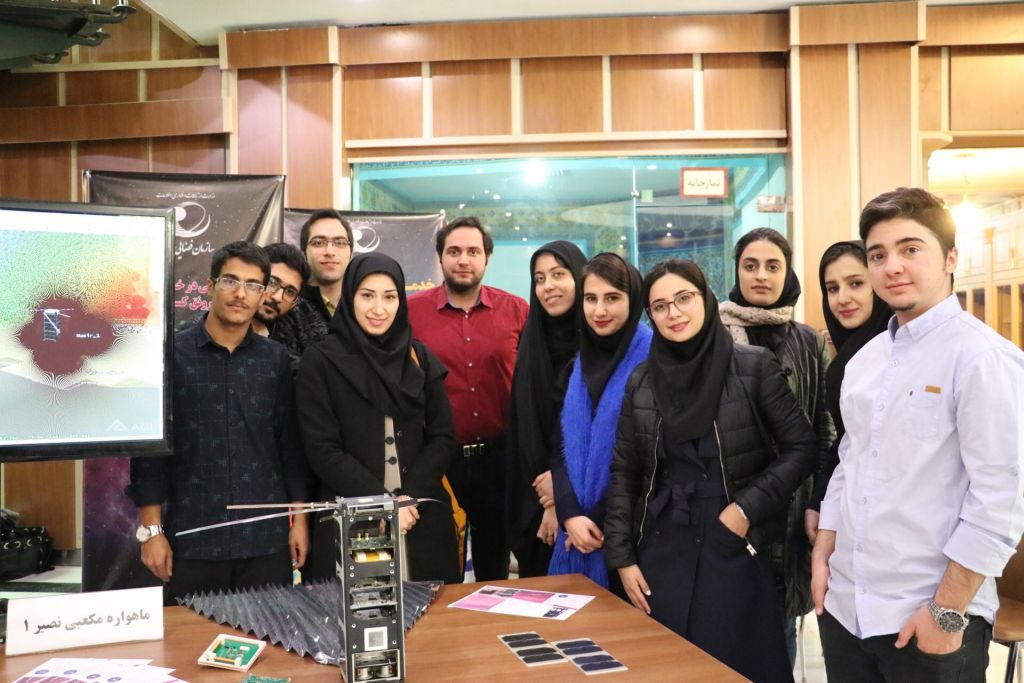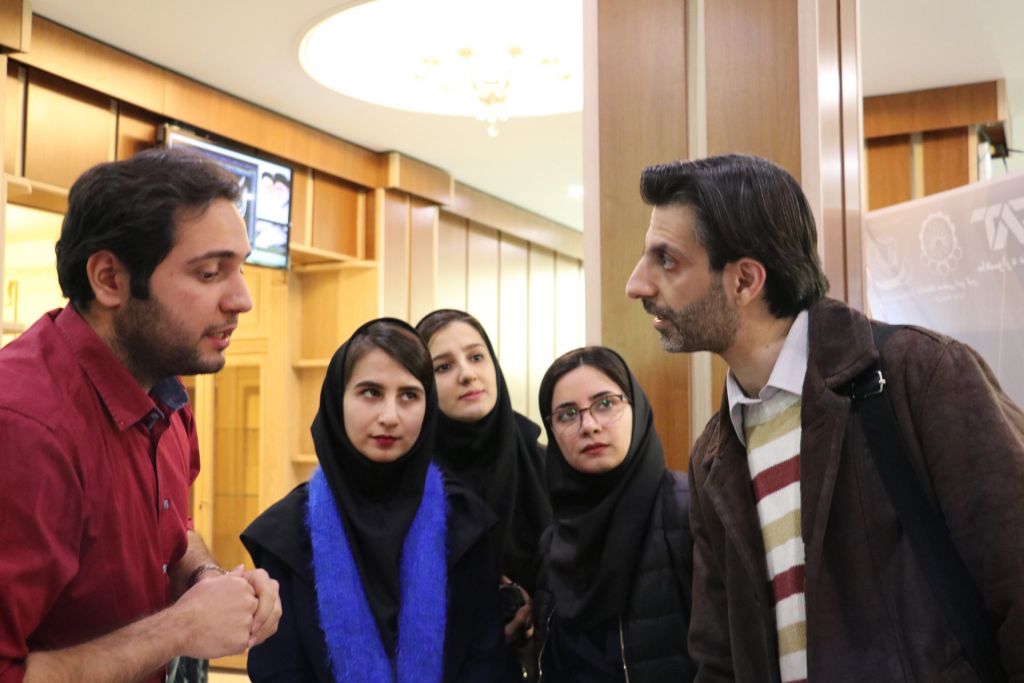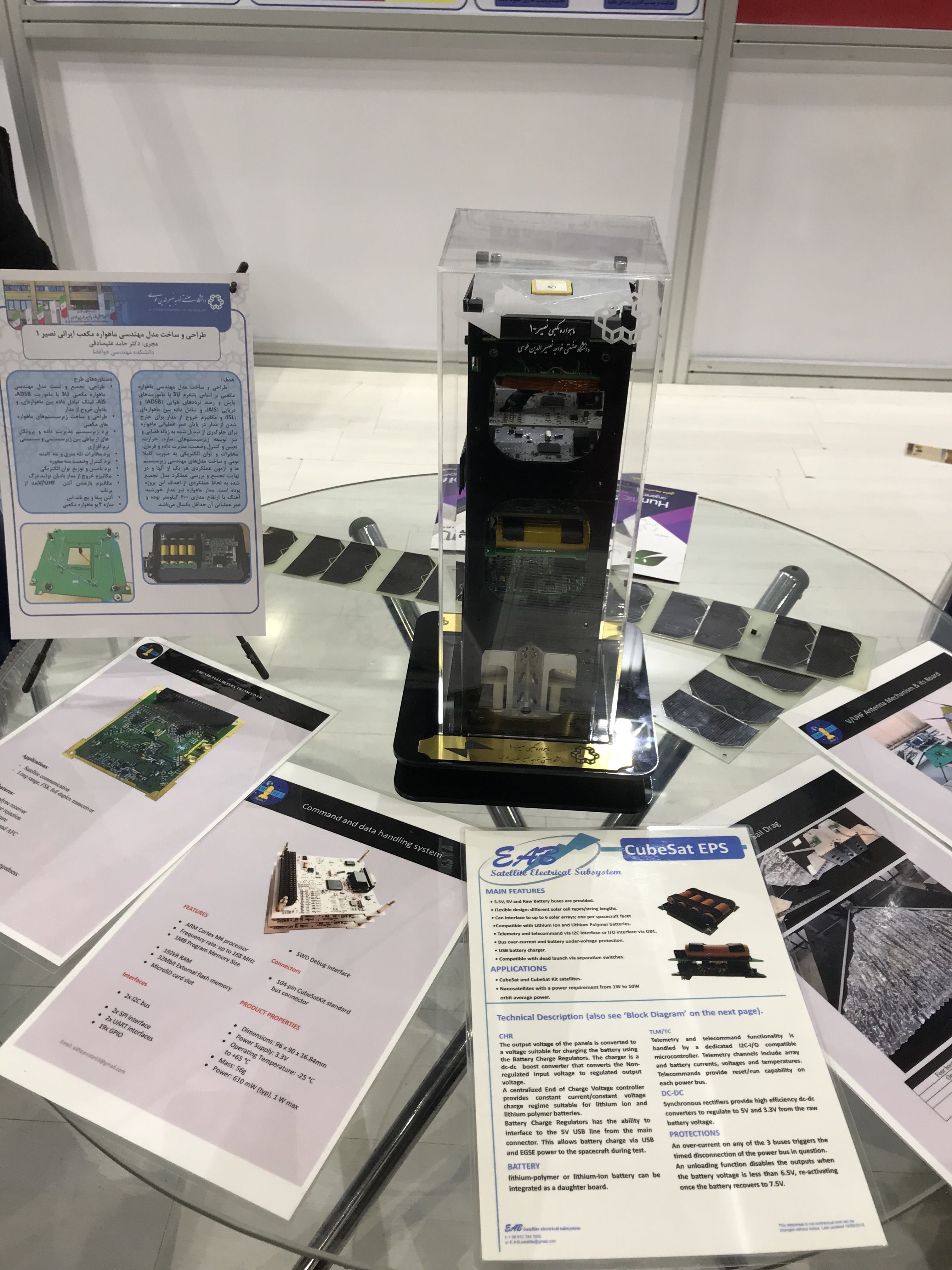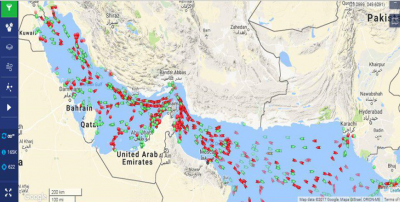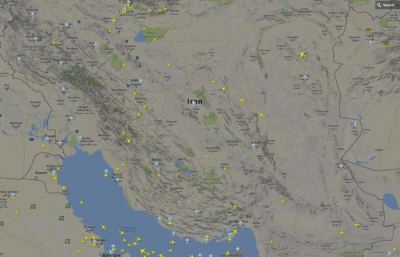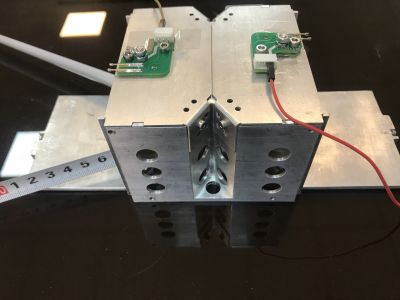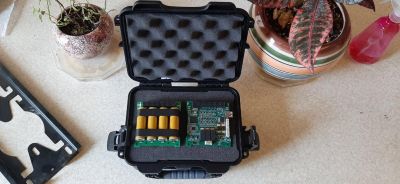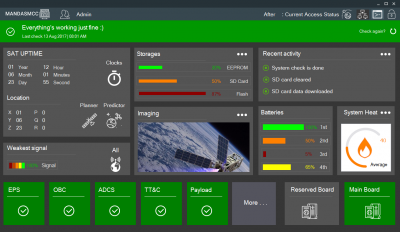Project Overview
The Nasir-1 CubeSat is designed and developed by Space Research Lab (SRL) of K.N. Toosi University of Technology (KNTU) within a Student CubeSat contest. Currently, this project lies in the phase of the Engineering Model (Phase C, as per the ECSS standards).
Nasir-1 CubeSat team is composed of university staff, M.Sc. and B.Sc. students from faculties of Aerospace, Electrical, and Computer Engineering under supervision of SRL technical team.
The Nasir-1 CubeSat project is initially defined based on the missions of ADS-B and ISL (with Gamalink requirements). In addition to these missions, AIS and the de-orbit sail are the other missions which are newly selected for the project.
Along this line and with respect to the mission considered to cover the air and maritime area of Iran, orbit and subsystems designs have been conducted. According to the standard requirements of the CDS and ECSS, we have completed the conceptual, preliminary, and detailed design phases, yielding to the orbit of 600 kilometers, with a 78.8 degree inclination, and 3U structure.
Similar to the other classes of satellite, our platform includes the following subsystems:
1- Communication subsystem;
2- Ground positioning system (GPS);
3- 3-axis attitude determination and control subsystem (ADCS);
4- Command and data handling subsystem (C&DH);
5- Electrical power subsystem;
6- Structure and mechanism subsystem;
7- Passive thermal control subsystem.
As a continuation of our work, in the production of engineering model of the satellite, the electrical boards of all subsystems and antennas of communication subsystem and payloads, except to GPS antenna, are designed by the team. During this phase, these components will undergo functional tests. Software on the board of the subsystems is also developed, and in some cases, implemented on the produced boards. Moreover, software for Nasir-1 CubeSat mission control center (MANDAS) was developed, and some of its features were tested in detail design phase.
Team
The Nasir team consists of four faculty members from aerospace, electrical, telecommunications, and computer science faculties, and twenty-six talented students at undergraduate and postgraduate levels.

Mission
The Nasir cubesat consist of four major missions beside one vital goal that is teaching students:
First is ADS-B that is used for airplanes traffic control.
The second one is AIS that is used for tracking ships in order to get many applications.
The third is ISl or Inter-Satellite links that is tested in this mission but is used for future constellation missions.
And the last but not the least is a drag sail used for de-orbit in the end of its life.
System and Subsystem Properties
Beside the main mission boards that should be acquired, there are subsystems that are designed and developed by team members.

Achievements
This project has many achievements such as subsystem that developed, the infrastructures that acquired for test and etc. but three most breakthroughs of them are the drag sail engineering model, the innovative ground station software and different cutting-edge antennas antennas.

